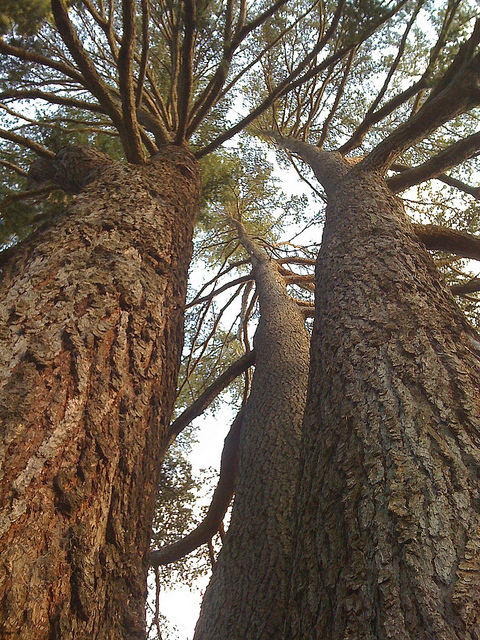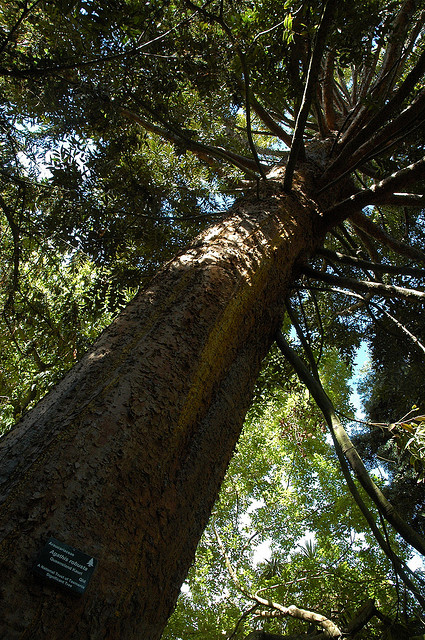The Royal Tasmanian Botanical Gardens has 66 listings on the National Trust of Tasmania’s Significant Tree Register.
Trees or collections of trees can be listed under 10 different categories including outstanding aesthetic significance, outstanding dimensions, very old or venerable and trees that are an important part of a historic site.
The Oak and Palm Collections are listed with 11 and 31 plants respectively making a total of 106 specimens on the Register with a further six currently under consideration for listing. The Gardens were established in 1818 and many of the trees are significant due to their age, beauty or as a feature of a heritage site. Others are listed because of rarity in cultivation or the wild.
The main driveway to the front entrance gates is a fine example of a heritage planting and contains twelve significant trees. The driveway is bounded by the 1829 convict built Arthur Wall, and was originally constructed to accommodate a horse and carriage turning circle. The driveway is also the start of the significant tree walk which begins at the top of the driveway near Lower Domain road and goes through the main entrance gates, then finishing in the Pinetum.
The gates were installed in 1878 and many of the large trees lining the entrance would have been planted around that time. Looking along the entrance it is clear that part of the original design included paired plantings of specimens on either side of the carriage way.
Some of the paired specimens remaining are the Wellingtonias (Sequoiadendron giganteum), the Hoop Pines (Araucaria cunninghamii) and the Long-leaved Indian Pines (Pinus roxburghii). A mature Himalayan Cedar (Cedrus deodara) matching the specimen next to the gates was removed in 1992. Though not listed on the Register, many of the conifers on the Domain and specimens such as the oaks at Government House were supplied by the Gardens in the 1800s. In fact during the 1860s and 1870s the Gardens supplied plants throughout Tasmania to public schools, cemeteries, railway stations and many of the mature plantings at places such as Franklin Square, St David’s Park and the Salmon Ponds originated at the Gardens.



